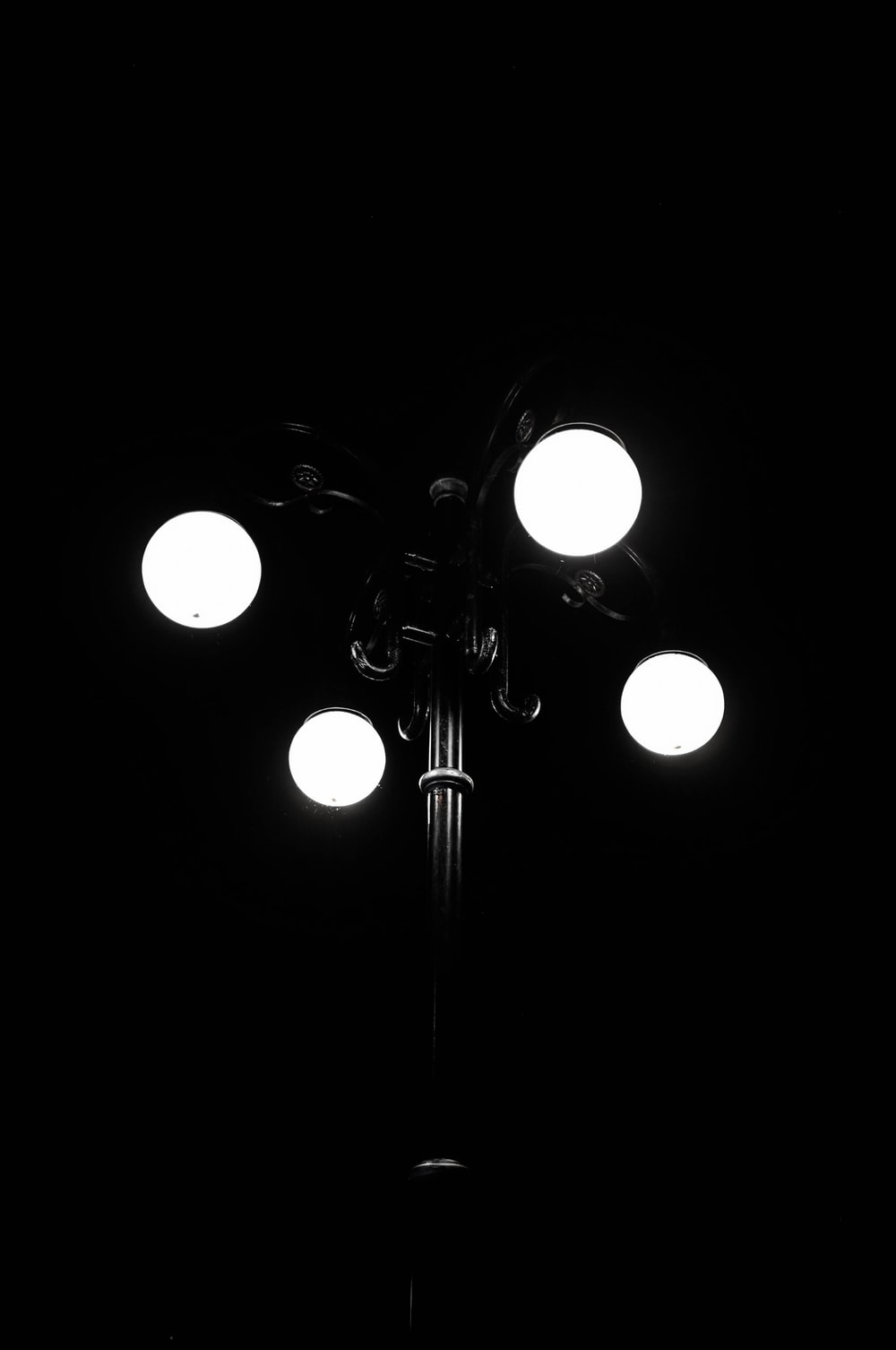And here we are again to gradually rewrite this twisted dictionary of words that the photographic world gives us. Today we will see the Bulb mode, which will go from (perhaps) being a complete stranger to a great travel companion. Of course, if you want to know why it is called Bulb and not something else, the truth is that I do not know. Bulb of what? Of light bulb? No idea ! But I do know what it works for and how to use it, so if you're interested, forget for the moment what it's called and let's see how it works and what you can use it for :-).
WHAT IS BULB MODE?
To explain the Bulb mode we will start at the beginning. Doesn't it sound like something called shutter speed ? The shutter speed is nothing more than the speed at which the shutter of your camera opens and closes , or what is the same, the time that your sensor is in contact with the light that penetrates the lens. We have faster and slower speeds. The slower we say the speed is, the longer the shutter remains open and, consequently, more light enters. On the other hand, the faster the speed at which we work, the less time it remains open (the shutter opens and closes quickly), allowing less light to pass through the shutter. If you like to mess with your camera , which is highly recommended if you intend to get to know it thoroughly, you may have noticed that when you move at slow speeds, there comes a time when the letter B appears on the camera (usually when you arrive beyond 30 seconds). The camera seems to tell you something as if you want more, pick it yourself, I can no longer offer you more And that's more or less that. Bulb mode is a way to manually control slow speeds (where the shutter stays longer). Wherever the camera offers no more or where the times it offers do not convince you, Bulb mode comes into play.HOW DOES IT WORK?
Basically, and as we have just said, the Bulb mode allows you to open and close the shutter manually , letting the light go by as long as you indicate . It can work in two ways:- Well press once to open the shutter and again to close it (ending the capture) ...
- … Or else it forces you to keep the shutter pressed manually the time you are exposing and the capture ends when you release it.
WHEN TO USE IT?
As we have already advanced, the Bulb mode is used to manually control the speed. I suppose you will have noticed that when the sensor of your camera has a lot of ambient light, the shutter opens and closes very quickly and, instead, when it has low ambient light, it opens and closes more slowly. If you were using a tripod there is no problem, if not, surely you are facing a moving image or trepidated If you have just landed in the photographic world and you had not noticed this yet, do the test, even if it is automatic, take the camera and go out to the street or to the balcony or a corner of your house fully lit, you will see how the sound The shutter is fast. However, if you do the same test in a dark environment, you will see how the shutter takes much longer to close. That is because it tries to compensate for the lack of light by having the shutter open longer. And that's what Bulb mode is all about. Of that type of images where you want or need to work with a good time frame because you do not have enough light , or because you want to capture the movement for a wide period of time, or where you simply need to control precisely The moment your shutter opens and closes.LONG EXPOSURE PHOTOGRAPHY
And that generally translates into long exposure photography, which is the one where the shutter stays open longer than "usual." Surely you've seen a lot of fascinating images made with long exposure . Maybe until now you did not know how they were made, or the speeds of your camera fell short. Well, the time has come for you to photograph stars where you didn't see anything before, to turn night into day, to write with light, hunt rays or turn water into silk. How do you stay?- Whenever you work with long exposures you will need a tripod so that your images are not moved.
- A remote shutter will be very helpful when working at slow speeds so that the camera body does not move when the shutter is pressed (steadily or twice).
- ISO as low as possible: You will retain image quality and allow you to work with slow speeds.
- Search dark environments . To work the long exposure and the Bulb mode, you will need to look for scenarios with very little light, since keeping the shutter open for a long time in full light would only burn the image (completely white).
- Visualize what you want to achieve even before leaving home. The subjects that you can work with long exposure are many, do not limit yourself to going to the night adventure without having any idea of ??the result you want to obtain. To photograph stars you will need a suitable and different environment and material than to photograph with the Lightpainting technique or to photograph a waterfall with silky effect .
- Bulb mode consumes a lot of battery (especially if you have the camera working at very slow speeds) do not forget to take at least one more spare.


